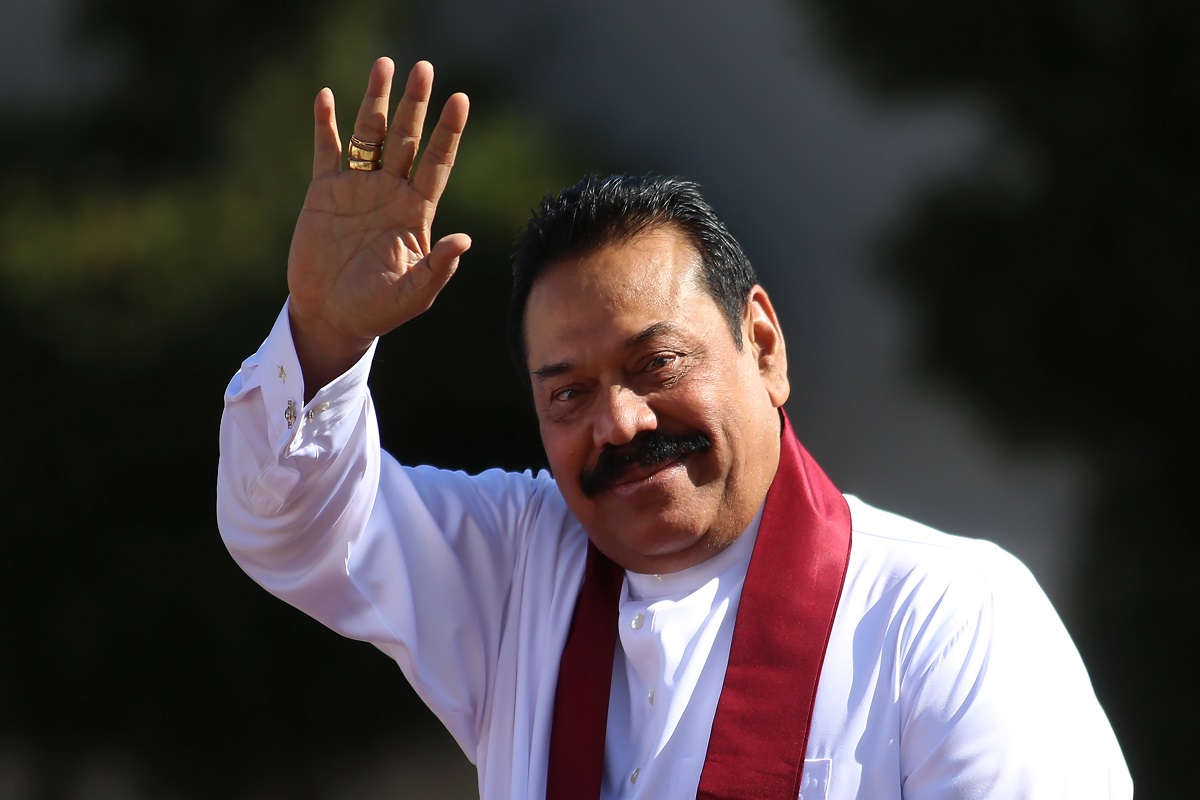Handloom fashion show at Bharat Tex 2025 attracts buyers from Europe, Australia
The event was organised at the amphitheatre in Bharat Mandapam as part of the Bharat Tex 2025 exhibition being held here from February 14-16.
Governance is in limbo in Sri Lanka amidst the economic crisis that has worsened with Monday’s resignation of the Prime Minister, Mahinda Rajapaksa.

Mahinda Rajapaksa (Photo: IANS)
Governance is in limbo in Sri Lanka amidst the economic crisis that has worsened with Monday’s resignation of the Prime Minister, Mahinda Rajapaksa. The absence of a government in Colombo overshadows the general malaise. The resignation was advanced hours after the PM’s supporters stormed a protest site in Colombo and even attacked anti-government protesters. We do not know if the resignation signifies the eclipse of the Rajapaksa era; suffice it to register that the general shrill for the resignation of the Prime Minister’s brother and President, Mr Gotabaya Rajapaksa, has been no less strident. The fact of the matter is that the people, protesting the economic blight, are generally clamouring for the resignation of both the Head of State and government, indeed the ouster of the Rajapaksa clan from the architecture of governance. In a statement on Monday, the Prime Minister’s office said he was quitting to help form an interim, unity government, following weeks of sometimes violent protests across the country over shortages of fuel, food, medicines and other vital imports and spiralling prices. Earlier, a government official said Rajapaksa, who has dominated Sri Lankan politics for nearly 20 years and whose government had crushed the Tamil Tigers to bring an end to a long civil war, has sent his letter of resignation to the President. The 76-year-old leader sent his resignation to clear the way for a “new unity government” suggested by the President to fight the country’s worst economic crisis since independence from British rule in 1948.
Rajapaksa’s resignation came hours after his party’s supporters stormed a major protest site in the capital Colombo, attacking anti-government demonstrators and clashing with police who used tear gas and water cannon to drive them back. A curfew has been imposed across the island nation of 22 million people after the violence. Protests targeting the Rajapaksas have raged for weeks, with thousands demanding the family quit for mishandling the economy. Sacrificing the Prime Minister for the President’s survival is not something that will go down easily with the protesters. People say they have reached the limits of their tolerance and are not willing to take anymore, whether it be in the form of intimidation, or the state of emergency imposed a couple of days ago. Hit hard by the pandemic, rising oil prices and tax cuts, Sri Lanka has as little as $50m of useable foreign reserves, finance minister Ali Sabry said last week. The government has approached the International Monetary Fund for a bailout and will begin a virtual summit later on Monday with officials from the multilateral lender aimed at securing emergency assistance. Facing escalating anti-government protests, Rajapaksa’s government last week declared a state of emergency for the second time in five weeks, but public discontent has steadily simmered. Now, with governance in limbo, and leaders taking flight in the face of rampaging mobs, Sri Lanka’s miseries have increased.
Advertisement
Advertisement
Advertisement